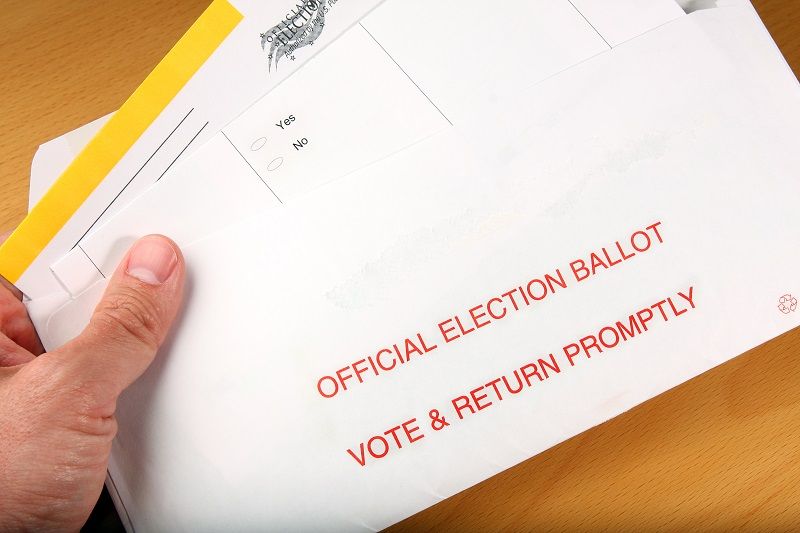Some Oregon activists are begging the state legislature to create yet another social safety net: paid family leave. Senate Bill 966 would create “insurance” benefits for family leave, subsidizing time off from work to care for a new child or a seriously ill family member. Proponents argue that if society values families, then this bill is vital.
SB 966 would tax workers two cents for each hour they work, amounting to about $42 each year for a full-time worker. After working six months, workers would be eligible to receive up to $300 per week for six weeks of family leave. And Oregonians could feel better about supporting families through yet another public subsidy.
But once the euphoric glow of new entitlement wears off, Oregon will be left with the cold, hard reality that this program probably will not be financially self-sustainable. For one individual to take six weeks of leave, receiving $1,800 for the duration, 42 workers would have to work for more than a year to foot the bill. Or, to look at it another way, if I took the maximum leave, I would have to work full-time for more than 42 years to pay for that $1,800 I used. And that does not include the program’s administrative costs to the state.
Since the bill does not place a cap on how many times a worker is eligible to use paid family leave benefits, the fund easily could run dry at its proposed rate. If the fund is depleted quickly, then either tax rates will increase, or many individuals who think they are “covered” by this program will be left high and dry. Unless the state does its homework and conducts the proper actuarial studies, there is no reason to believe this fund is sustainable and every reason to believe it would cost taxpayers more. Additionally, since government programs tend to expand, the program likely would grow in size and cost as people discover that $1,800 is not enough “insurance” protection.
Why the program is called “insurance” is a mystery. Real insurance is voluntary and transfers a risk of loss, for a premium, to the insurer. Those who statistically bear the greatest risk bear the greatest cost. For example, individuals who are more likely to get in a car accident pay more for car insurance. In contrast, SB 966’s family leave insurance is not voluntary for businesses with 25 employees or more, and it requires everyone to share an equal risk. SB 966 would require single people who can’t have children to pay for family leave for couples who can and will.
Forty-two dollars per year for a full-time worker may not sound like much to those who value this bill because they are likely to use its benefits. However, to those who are unlikely to need it or who do not want more government interference, it sounds like $42 too many. When you add that $42 to our continually growing tax burden, it sounds even more burdensome.
If paid family leave is something that many people want, then such a program should be optional. Private insurance companies could meet a need for family leave insurance, and those who want to participate can opt into the policy. Private insurance companies already offer maternity leave coverage, among other similar types of policies applicable to various life events.
Consider that taxpayers already subsidize families through tax deductions and credits for children, taxes to support K-12 public education, and subsidies for college education. We pay for food and housing for low-income families and for medical care for uninsured children.
Instead of collecting more hard-earned wages and redistributing them to others, why not encourage individuals to save for family emergencies through tax-sheltered savings accounts? Individual Development Accounts (IDAs) have a track record of helping people get out of poverty and helping themselves by learning to save and build assets. IDAs give individuals incentives to build assets by charitably matching what individuals save. But programs like paid family leave encourage individuals not to save for family emergencies because the government “has your back.” Instead of creating another wealth-transfer program, why not take an existing program and funnel some of the funds into matching rainy day savings for low-income individuals?
The government simply cannot do everything for us. We must help ourselves and our own communities directly, rather than through the overgrown arm of the state. No safety net can replace that of a flesh-and-blood community. State policies should encourage people to build a community safety net of friends, family, neighbors and local private organizations to rely on, instead of the state. Paid family leave would transfer $42 each year (and potentially more) from individual workers to the state, taking from individuals more power to save their own money or to help a neighbor.
My mother taught me that if you want people to act responsibly, you should treat them as though they are responsible. This bill does the opposite and teaches further dependence on the system, instead of prudent planning for the future.











